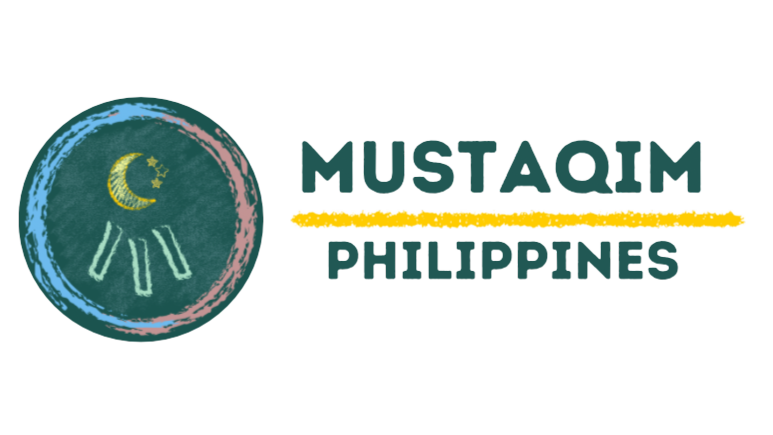In his article, Majul (1976) discussed that during the time of the Spaniards in the Philippines in 1565, they brought with them the aim of expanding Christianity. They were successful in Luzon, Visayas, and some parts of Mindanao but were met with strong resistance in Western Mindanao and the Sulu Archipelago. The long fight between the Spaniards and the Muslims in the Philippines, which lasted for more than three centuries, was called the “Moro Wars,” and up to now, the effects of these wars have left scars on the Muslims. Some of these effects include the confinement of Islam to Southern Philippines; destruction of Muslim lands; and the ideology of hate left by the Spaniards to the Christians towards the Muslims. The Moro Wars left a heritage of mistrust, suspicion, and even fear between the Christians, who dominated the country, and the Muslims who were considered as the minority.
Further, Majul conferred that during the American occupation, the Muslims were still highly resistant because of fear of losing their independence and their right to practice their religion. However, Americans generally followed their principle of religious freedom and tolerance. The history of the Muslims in the Philippines has pointed out the main problem of Muslims, and that is the preservation of their religion in a country where they are a minority. Meanwhile, while this has been identified as a significant problem, it cannot be discounted that another problem is the lack of knowledge in Islam and how to practice the religion properly.
Strachan (2015) mentioned that the conflict in the Autonomous Region of Muslim Mindanao (ARMM) is seen as a mixture of traditional forms of struggle between rebel groups and government forces; and, tensions in the community, especially between clans. In his study, he cited that following Philippine independence in 1946, significant numbers of settlers from the northern Philippines came to what is now known as the ARMM. This led to a rise in Moro nationalism and the formation of several Moro armed groups who fought for their independence. In 1989, the ARMM was established. Despite this, conflict continued throughout the 1990s. The Final Peace Agreement between the GPH and the Moro National Liberation Front (MNLF), one of the groups fighting the GPH, was signed in 1996. However, this failed to end the conflict in the region, which continued throughout the remainder of the 1990s and the 2000s. Numerous attempts were made to resolve conflict in Muslim Mindanao, none of which were successful. Hence, the rise of rebel groups increased in the ARMM. These range from relatively large groups, such as the MNLF and the MILF, to smaller groups like the ASG. There are also many tiny groups, which are reportedly coming out in support of the Middle East-based Islamic State (IS) (Banlaoi, 2015). It is alleged that many of these groups had previously declared their allegiance to al Qaeda (Banlaoi, 2015).
In an article by Buendia (2005), he stated that the Mindanao conflict, most commonly known as the Muslim armed resistance against the Philippine government, has deep historical roots, and the resolution has been difficult. The armed conflict, which is continuously being fought by two competing sides of national self-determination on the one hand, and protection of state rights on the other, has taken thousands of lives, destroyed millions of properties, and displaced a significant number of people. The article also argues that the Moro self-determination struggle is triggered by the combined causes of state’s centralism that restrict their self-governing power, socio-economic grievances and deprivation, and perceived injustices, discrimination, and alienation of the people from the mainstream of Philippine political and economic development rather than an overarching movement with a single concept of a Bangsamoro. The article also concludes that the armed conflict between the Moros and the state is more of contestation of democratic space where expansive and interactive governance can function and thrive both for the minorities and the majorities rather the question of national self-determination.
Macasalong (2014) discussed that the Moros protested for their rights for self-determination since the United States of America freed the Philippines on July 4, 1946. The Moros believed that they should not be part of the Philippines since they were not technically colonized by the Americans. The Moros tried to pursue their legitimate rights through peaceful means. Some of the Moro leaders even entered politics and began to advocate the embodiment of the Muslim rights to the constitution and the laws of the country. However, the government did not reciprocate the gesture. Instead, its policies towards the Muslims, in general, were considered as part of an assimilation program and ethnic cleansing. These became the “triggering events”[1] for the Muslims to realize the urgency of having their liberation movements in order to safeguard their lives from what they called neocolonialism. The Jabidah Massacre that took place on March 17, 1968,[2] was the first to highlight the aggressive treatment of the government to the Moros. This massacre took the lives of 64[3] young Muslim trainees in the Philippine Army. According to the lone survivor, Jibin Arola, the trainees wanted to back out upon discovering that the real mission of their training was to invade Sabah and not to fight the Communist insurgency, as they were told during their recruitment.[4] Uproars and demand for justice were heard all over the country. Muslim students and demonstrators in Manila held a weeklong vigil in front of the Malacañang Palace, the President’s office, demanding justice for the victims. Despite this, the protest went unheeded.
[1] This description is first used by Macapado Muslim in his book “The Moro Struggle in the Philippines: The Nonviolent Autonomy Alternative.”
[2] Salah Jubair, Bangsamoro: A Nation under Endless Tyranny, (Kuala Lumpur: IQ Marin SDN BHD, 1999), 132.
[3] Ibid.
[4] Marites D. Vitug & Glenda M. Gloria, Under the Crescent Moon: Rebellion in Mindanao, (Quezon City: Ateneo Center for Social Policy and Public Affairs, 2000), 4.
